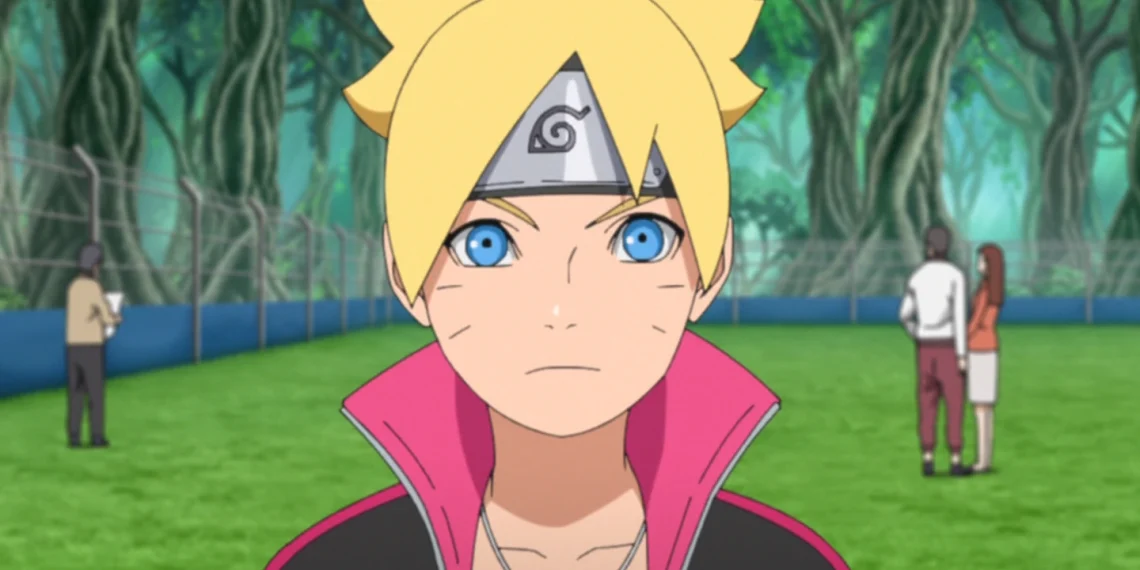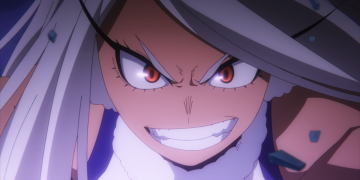Boruto: Naruto Next Generations was born out of Masashi Kishimoto’s desire to expand the legacy of Naruto, yet its development took an unexpected turn. While the series initially followed the next generation of shinobi, its trajectory diverged from Kishimoto’s original blueprint. His vision for Boruto was not merely a continuation but a thoughtful exploration of how peace could shape—and challenge—the shinobi world. However, his early departure from the project left much of his intended direction unrealized.
Kishimoto’s concept for Boruto involved a more introspective journey, where the struggles of the new generation stemmed from the burden of peace rather than constant war. The world-building was meant to be deeper, emphasizing how different villages adapted to stability while dealing with the remnants of the past. Naruto and Sasuke, once the main heroes, were supposed to act as guiding figures rather than direct participants in major conflicts, allowing the new generation to truly carve their own path.
Despite these initial plans, Boruto’s story evolved in ways Kishimoto had not entirely foreseen. With new creative minds shaping the series, the narrative leaned more heavily on large-scale conflicts and external threats. While this made for exciting developments, it also led to speculation among fans about how Boruto’s story would have played out if Kishimoto had remained fully involved. Let’s take a closer look at the original roadmap he had envisioned.
Kishimoto’s Early Vision for Boruto: A Larger, More Complex World
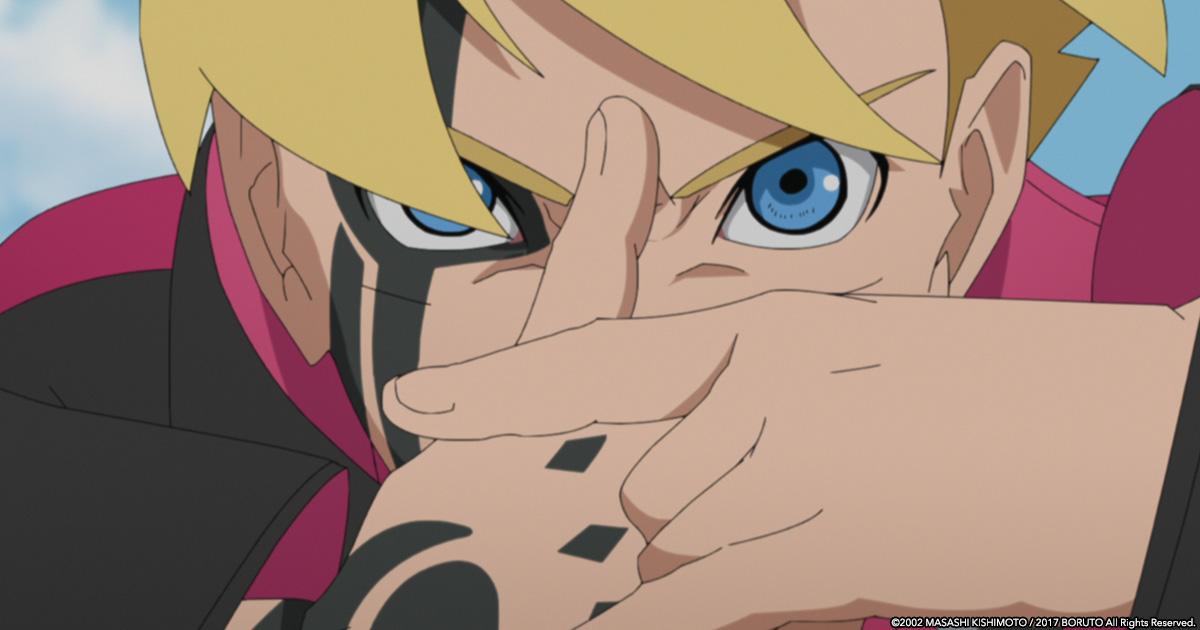
When Kishimoto first conceptualized Boruto, he envisioned a world that would have evolved significantly from the era of Naruto Uzumaki. One of his key ideas was to deepen the lore surrounding the Hidden Villages and the world they inhabit. He intended for Boruto’s story to explore the impact of peace on the shinobi world, where the younger generation would grapple with an era that lacked the same urgency and chaos seen in Naruto’s time.
In Kishimoto’s early plans, the story would center on Boruto Uzumaki’s growth as a ninja in a world where wars between villages were no longer a constant threat. This would have introduced the themes of a generation yearning to find meaning and purpose in a peaceful era. Boruto, while still carrying the weight of being the son of the Seventh Hokage, would be faced with the challenge of overcoming the complacency that peace could bring to younger ninjas, giving him a unique role in shaping the future of the shinobi world.
Kishimoto also envisioned a more active involvement of the Kage of each village. He wanted them to be pivotal characters who would not simply act as figureheads but actively play a role in the unfolding story. In his vision, each of these leaders had their own complex backstory and plans, which would affect not only their respective villages but the world at large.
Shifting the Focus: Why Kishimoto Stepped Back
While Kishimoto laid the groundwork for Boruto, he eventually stepped back from his active role in the series. His original plans for the narrative changed as he focused on other projects. Ukyo Kodachi, who took over as the head writer of the Boruto manga, brought his own ideas to the table, resulting in a noticeable shift in tone and direction for the series. This led to an evolution in Boruto’s character and the dynamics between the various characters, something Kishimoto himself acknowledged in interviews.
Kishimoto’s primary concern was ensuring that Boruto didn’t just repeat the same patterns as Naruto’s story. However, after stepping back, the story took some turns that diverged from his original vision, especially with the antagonists introduced later on. Initially, Kishimoto had planned for the Kara organization to play a more subtle role, but Kodachi ramped up their involvement in a way that added layers of intrigue and conspiracy to the narrative.
The direction of the series has led to some fans question whether Kishimoto would have taken the story in a different direction had he remained more involved. While Kodachi brought his own strengths to the series, Kishimoto’s original ideas might have shaped Boruto’s future in more intimate and unexpected ways.
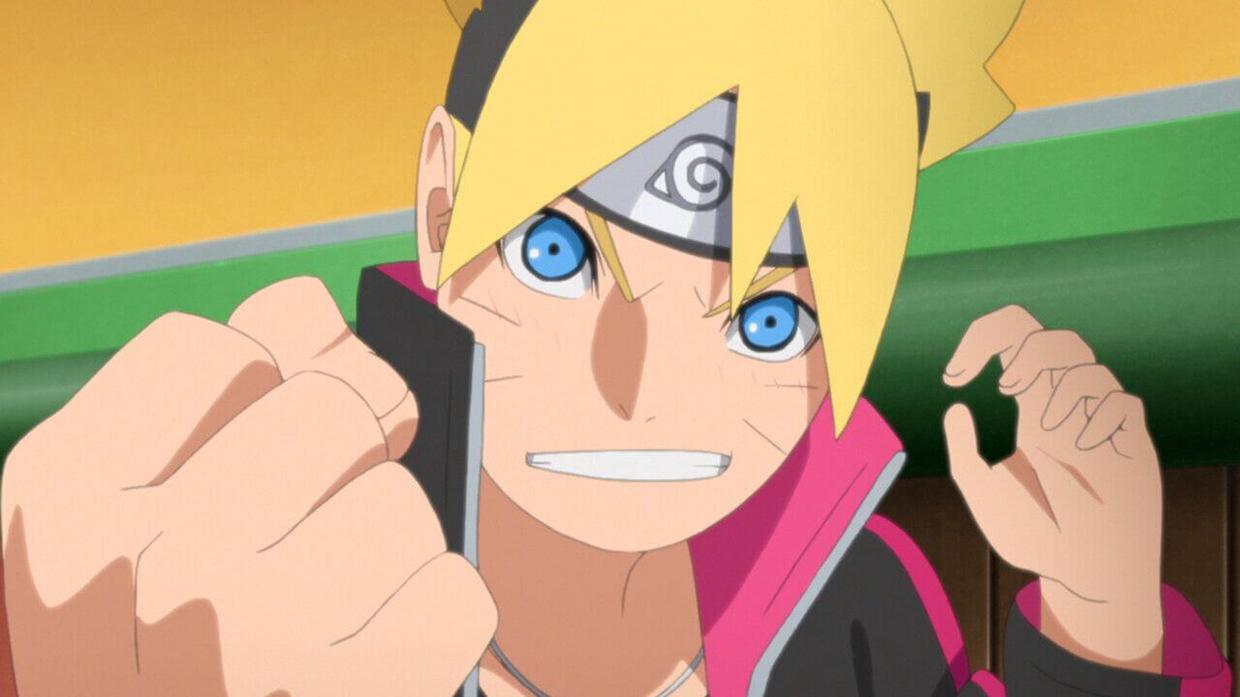
The Role of Naruto and Sasuke: Kishimoto’s Plans for Their Legacy
As for Naruto Uzumaki and Sasuke Uchiha, Kishimoto had a distinct vision for their involvement in the Boruto series. While both iconic characters were always going to play key roles in the new generation’s development, Kishimoto had initially planned to give them more of a mentor role without overshadowing Boruto’s journey. He wanted to emphasize the mentor-student relationship between Boruto and Naruto, showing how the son would have to forge his own path while learning from his father’s legacy.
In Kishimoto’s version of the story, Naruto and Sasuke would still be formidable figures, but they would be seen as symbols of the past era. They would not be involved in the battles in the same capacity as before. Instead, their guidance would focus on teaching the younger ninjas to find their own way forward in a peaceful world. However, as Boruto’s story progressed under Kodachi and the anime team, both characters became more involved in the action, taking on important roles that were far more pronounced than initially intended.
Boruto and the New Generation: A Break from Traditional Shinobi Paths
One of Kishimoto’s most intriguing ideas for Boruto was the notion of breaking away from the traditional ninja journey. Unlike Naruto, who had to constantly fight to earn his place in the world, Boruto would have started from a position of privilege. As the son of the Hokage, he would have to deal with expectations and the pressures of his family legacy. Kishimoto wanted to explore how this would shape Boruto’s approach to being a ninja.
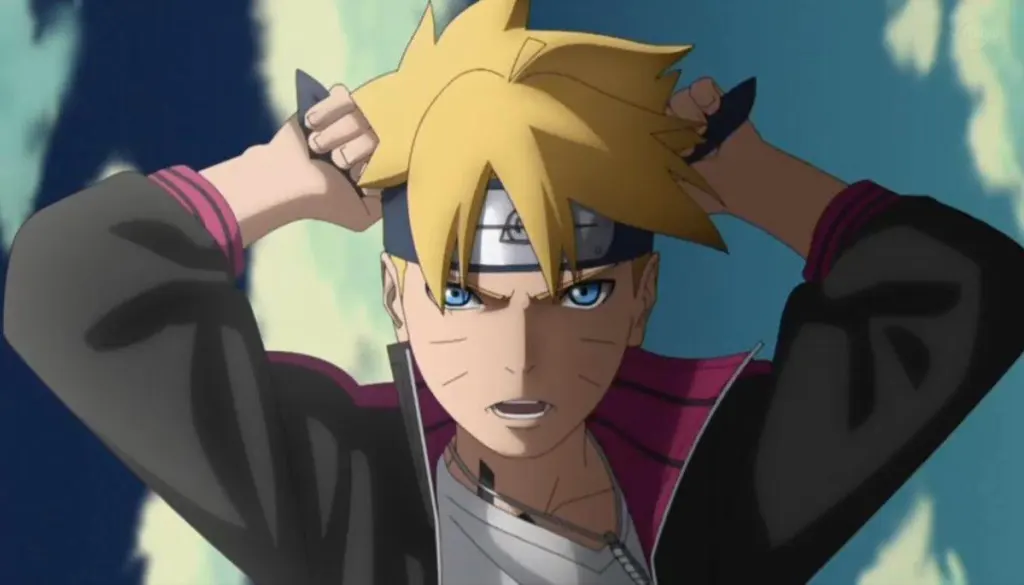
Boruto’s initial struggles would not come from external threats but from internal conflicts, particularly his frustration with his father’s position and the perceived lack of challenges. This inner turmoil would have been the focal point of the early story, but it was later adapted into a more action-oriented plot under the current writers.
As Boruto’s story continues to unfold, Kishimoto’s influence has gradually returned, bringing the series closer to his original ideas. While many creative shifts have reshaped the narrative, certain core elements—like Boruto’s internal struggle and the legacy of the shinobi world—remain integral to its evolution. Interestingly, one of Kishimoto’s earliest drafts for Boruto even had the young protagonist wielding a completely different type of power, emphasizing his individuality even further. Though that concept never made it to print, it’s a reminder of how many unseen possibilities exist within a creator’s mind.
[Updated: 04/03/2025]


